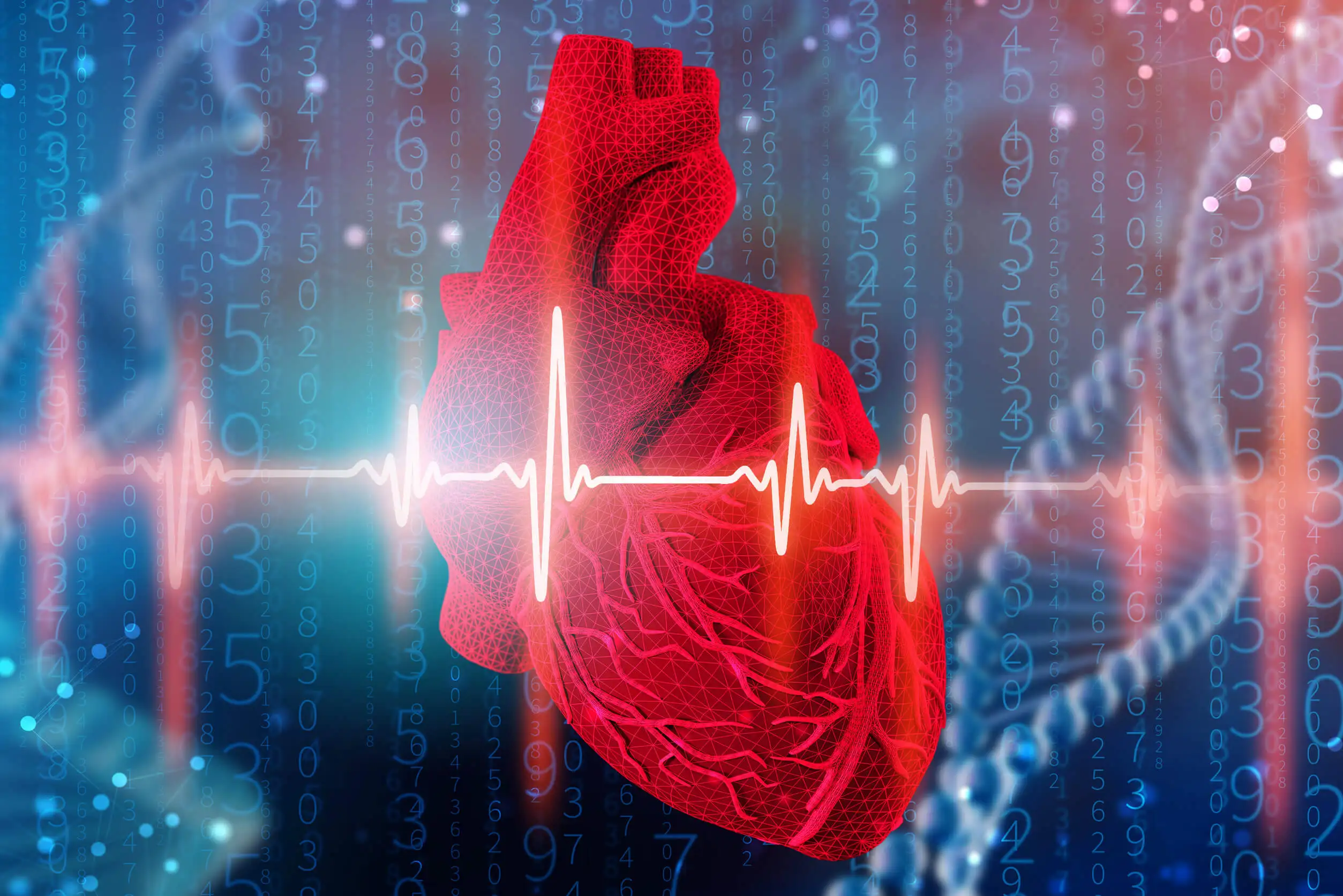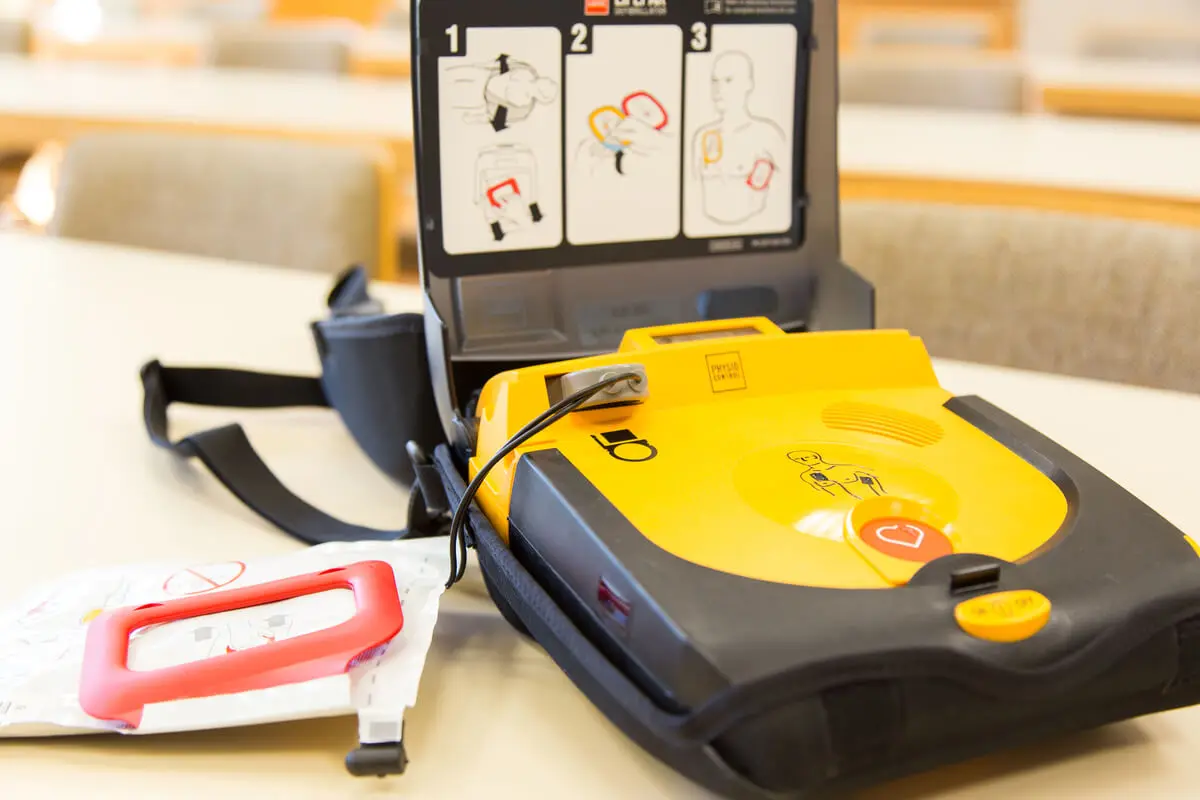Damar Hamlin was Resuscitated Twice After Collapsing in NFL Game


Written and verified by the doctor Leonardo Biolatto
Damar Hamlin, a Buffalo Bills player, was resuscitated with cardiopulmonary resuscitation (CPR) and defibrillation twice after his cardiac arrest on the pitch on January 2, 2023. The collapse occurred during a National Football League (NFL) game in the United States.
The 24-year-old player made a tackle on an opponent and, when he got up, he immediately collapsed. He received assistance on the field of play while unconscious.
There he was given CPR for the first time and connected to a defibrillator. After the first resuscitation, he was transferred to a Cincinnati hospital, where he again required CPR and another defibrillator shock. Momentary stabilization allowed him to be admitted to the intensive care unit to be connected to a respirator.
The official statement from the team he belongs to tried to convey confidence and calm:
Damar remains in the intensive care unit in critical condition, with signs of improvement. He is expected to remain there while the medical staff monitors him.
Why would Damar Hamlin have suffered a cardiac arrest?
Theories as to why Damar Hamlin suffered cardiac arrest and needed to be resuscitated twice are, at this time, just theories. These hypotheses are based on previous episodes of other professional players in different sports who have gone through similar situations.
In American football, in particular, the possibility of an impact is great. Different on-field situations can result in blunt chest trauma. and a tackle is a potential candidate for this condition.
The fact that Damar Hamlin collapsed after impacting an opponent triggers the hypothesis of blunt trauma with arrhythmia. After a sufficiently intense blow to the thorax, it’s possible for the cardiac muscle to have an electrical disturbance that causes slower or faster beats. If the arrhythmia develops within a few seconds, infarction or cardiorespiratory arrest are possible scenarios.
According to chest trauma experts, cardiac contusion should be ruled out when treating a person with moderate to severe chest trauma. On admission to the hospital, an electrocardiogram is ideal and, if signs are suggestive of a problem, it should be supplemented with an echocardiogram.

Commotio cordis
A recent publication in the American Journal of Cardiology reminded physicians of a condition that shouldn’t be overlooked: commotio cordis. According to the authors of the article, high-impact sports activities and those involving balls as projectiles (baseball, for example), carry a risk of cardiac trauma from chest trauma.
A blow to the chest of sufficient intensity, under certain circumstances, is capable of leading to sudden death.
After the two CPRs performed on Damar Hamlin and analyzing the context of his collapse, a clear hypothesis is that of commotio cordis. In fact, the authors of the aforementioned publication recognize that defibrillation is a valid and effective therapeutic approach when this condition occurs.
Unfortunately, commotio cordis is the second leading cause of sudden death in young athletes. And there are no clear prevention mechanisms, as a routine sports and clinical examination wouldn’t help, because there’s no underlying pathology to explain it.
Read more: How to Prevent Sudden Death in Sport
Are cardiac arrests common in sports?
After Damar Hamlin was resuscitated on the playing field and the news spread around the world, speculation about the impact of professional sports on heart health surfaced again. The truth is that the viral diffusion of these cases causes a lot of rumors without any definite data to corroborate them.
Some studies carried out with different athletes establish that the frequency of sudden death associated with sports isn’t high. In fact, it would have the same proportion as in the rest of the general population.
Even so, among active athletes, sudden death is the main cause of death.
A special question arises regarding the complementary methods that athletes must go through each year in order to register for competitions. Are they useful? The truth is that they are, but they don’t detect all the possible changes that would culminate in cardiac arrest.
Commotio cordis, for example, is an electrical syndrome initiated by a strong blow to the chest. There’s no prior illness to explain it.
Read more here: The Medical Equipment that Saved the Life of a Cádiz FC Fan
What to do if you witness a cardiac arrest?
Damar Hamlin’s prompt attention and the fact that he received resuscitation and defibrillation was key to his survival. But beyond that, it was essential to activate emergency protocols so that he could be quickly transferred to a center with the necessary complexity to complete resuscitation.
This information is crucial in order for the general population to know how to act in the event of cardiac arrest. The CPR technique must be known, but we should never forget to alert the nearest hospital so they can send an ambulance promptly.
CPR consists of making chest compressions on the unconscious person’s chest, with the elbows extended and both hands overlapping. There should be 30 compressions in 1 minute and 2 mouth-to-mouth breaths for the same period. Once this cycle is completed, it’s repeated successively, until a defibrillator is available.
Today, many public places and sports venues have automatic external defibrillators (AEDs). These devices are attached to the person in cardiac arrest, producing an electrocardiogram, and delivering an electric shock if the algorithm deems it necessary.

What lies ahead for Damar Hamlin after resuscitations and hospitalization?
Good news was shared by the NFL player’s entourage:
Damar has improved substantially overnight. We are very grateful for all the first responders, doctors and hospital staff and everyone who has played a role in this process.
There would be no neurological damage due to the quick action on the field. It’s estimated that it only took 5 minutes for the ambulance to arrive with a defibrillator.
Although he is intubated and on artificial respiration, his lungs would be intact and they would be working to get him breathing on his own. In the meantime, the NFL, as an organization, is reviewing protocols and legislation in order to prevent these events or improve the response to them when they’re unavoidable.
All cited sources were thoroughly reviewed by our team to ensure their quality, reliability, currency, and validity. The bibliography of this article was considered reliable and of academic or scientific accuracy.
- Alborzi, Z., Zangouri, V., Paydar, S., Ghahramani, Z., Shafa, M., Ziaeian, B., … & Khodaei, S. (2016). Diagnosing myocardial contusion after blunt chest trauma. The Journal of Tehran University Heart Center, 11(2), 49. https://www.ncbi.nlm.nih.gov/pmc/articles/PMC5027160/
- Madias, C., & Link, M. S. (2016). Commotio cordis. IOC Manual of Sports Cardiology, 341-349. https://onlinelibrary.wiley.com/doi/abs/10.1002/9781119046899.ch31
- Maron, B. J., & Link, M. S. (2021). Don’t forget commotio cordis. The American Journal of Cardiology, 156, 134-135. https://www.sciencedirect.com/science/article/pii/S000291492100583X
- Menezes, Ritesh G., et al. “Commotio cordis: A review.” Medicine, Science and the Law 57.3 (2017): 146-151. https://journals.sagepub.com/doi/pdf/10.1177/0025802417712883
- Morentin, B., Suárez-Mier, M. P., Monzó, A., Ballesteros, J., Molina, P., & Lucena, J. (2021). Muerte súbita relacionada con la actividad deportiva en España. Estudio poblacional multicéntrico forense de 288 casos. Revista Española de Cardiología, 74(3), 225-232. https://www.sciencedirect.com/science/article/pii/S0300893220303304
- Sinner, J. O. R. G. E. (2016). Desfibrilador externo automático (DEA). Revista argentina de cardiología, 84(1), 1-5. http://www.scielo.org.ar/scielo.php?pid=S1850-37482016000100022&script=sci_arttext&tlng=es
- Spitaler, P., Stühlinger, M., Adukauskaite, A., Bauer, A., & Dichtl, W. (2023). A Soccer Shot with Lengthy Consequences—Case Report & Current Literature Review of Commotio Cordis. Journal of Clinical Medicine, 12(6), 2323. https://www.mdpi.com/2077-0383/12/6/2323
This text is provided for informational purposes only and does not replace consultation with a professional. If in doubt, consult your specialist.








